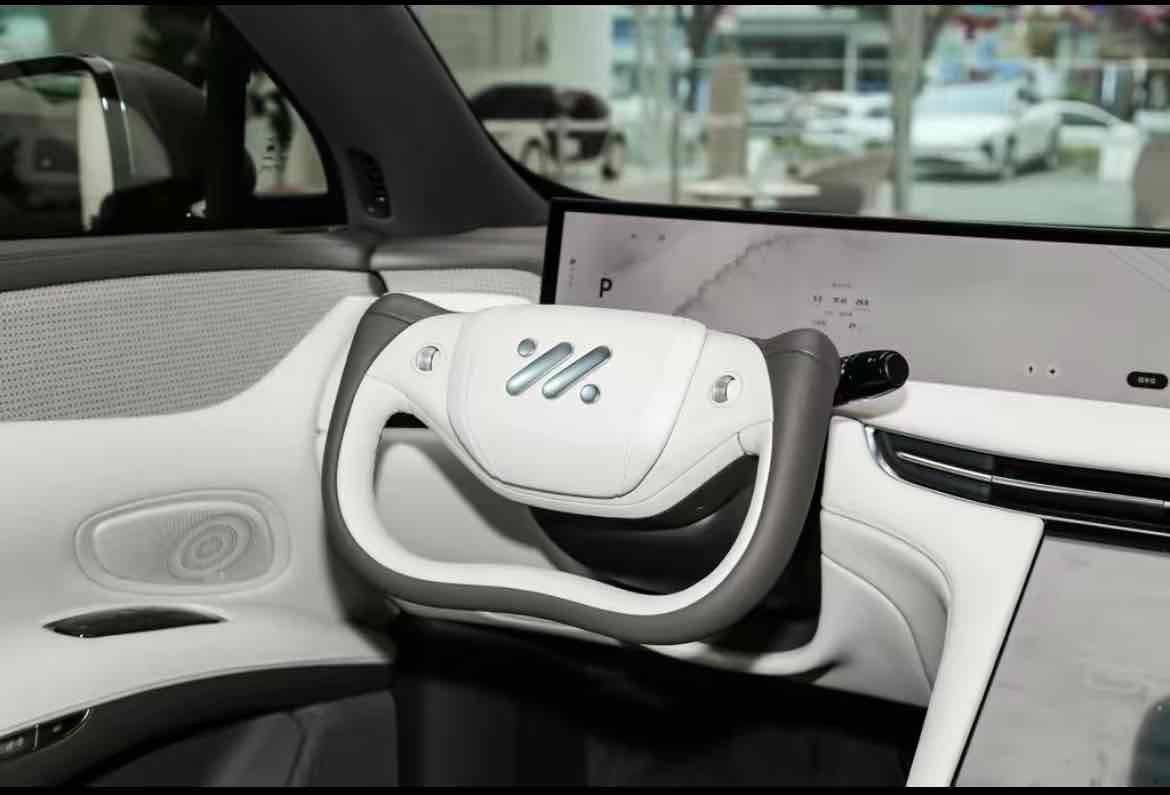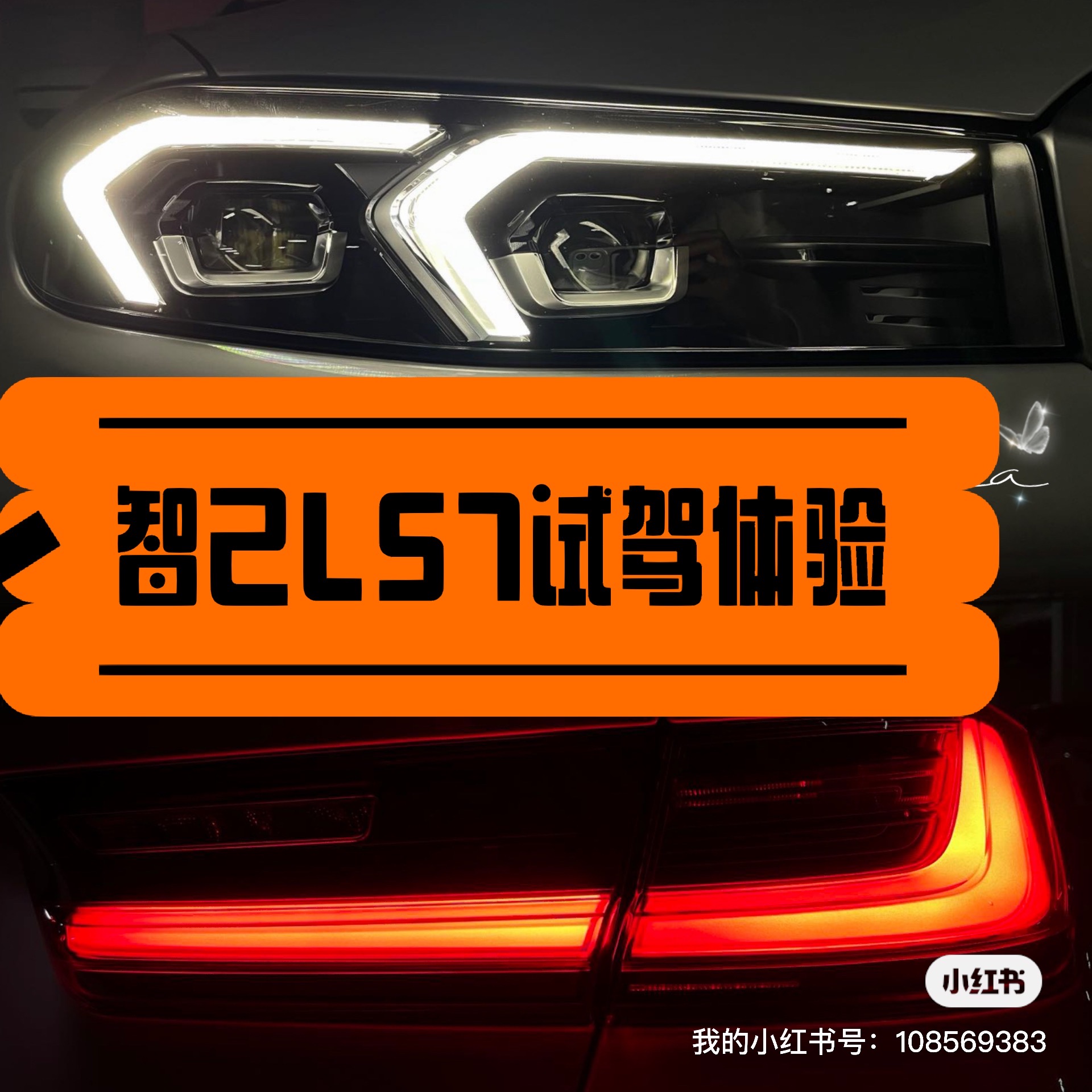Translation:
Translate the following Markdown Chinese text into English Markdown text in a professional way, preserving HTML tags inside Markdown and only outputting the results.
The version I test drove was the top-of-the-line four-wheel drive version. Yes, it was the one with the laser radar and the roof camera and it was sold for 459,800 yuan. The test drive car only came in the top configuration, which is a “good tradition” in the automotive sales industry. Below, I will discuss the three major advantages and “eight sins” of the IM LS7 from my perspective.
Three major advantages
- In comfort mode, the ride comfort is excellent, while in sport mode, the road feel is clear and the body follow-up is very good. It’s rare to be able to distinguish between comfort mode and sport mode so thoroughly. The acceleration is linear, the braking is confident, and the roll and pitch control in city driving are very good. Therefore, it can be seen that the tuning level of the air suspension and other elastic components is among the best in the industry (except for the steering). Overall performance lives up to the name of the Williams team;
- The interior space is very spacious, especially the headroom. The field of vision is also very good. So it’s not easy to get dizzy sitting in this car;
- The pixel of the roof camera is satisfactory, and the adjustable-angle Car-log recording function is very convenient for vlog bloggers’ self-driving tours.
Eight sins
- The steering is too slow, and the steering assist is too strong, the steering wheel is floaty. Even if you switch to sport mode, it won’t make much difference. I guess the Williams team couldn’t do much with this 2.6-ton big car;
- The window opening button is very difficult to use, too much or too little force on the button won’t open it. Blind operation is difficult;
- The ACC and LCC of the test drive car are basically useless. Once you go to an area without markings after turning on the ACC, it will turn left. When there is a lane line, the LCC will drift to the right of the lane. This behavior is very puzzling;
- Although the large glass roof in the front row provides a good view, the R&D team must not have known how many G3 car owners have covered their roofs with a layer of sunshade curtains;
- Although it has double-layer soundproof glass, when you step on the accelerator to the bottom, you can still hear the buzzing sound of the electric drive. It’s very distracting;
- Compared with the Yoke steering wheel of the Model S Plaid, the 9 and 3 o’clock holding position of the LS7’s half-wheel steering wheel is actually higher. For novice drivers, it may be a disaster (see Figure 1, 2);
- The 24-speaker audio system is supposed to be a very high configuration. However, the sound quality is exceptionally mediocre;
- The lifting of the large screen is very tacky. After the large screen is lowered, the UI needs to be adjusted to adapt to a smaller display area. Therefore, this function, which cannot bring much benefit, only increases the risk of card machine during lifting.

Image 1: Yoke steering wheel on Tesla Model S Plaid
Image 2: YAT steering wheel on IM LS7
This article is a translation by ChatGPT of a Chinese report from 42HOW. If you have any questions about it, please email bd@42how.com.
